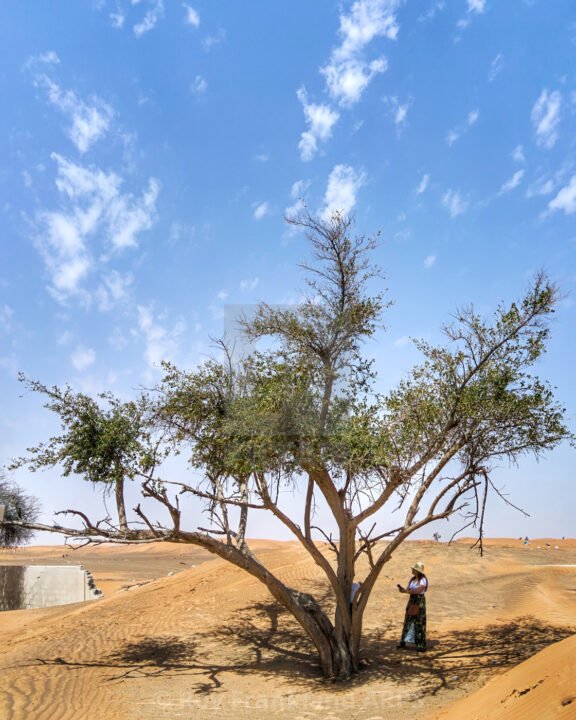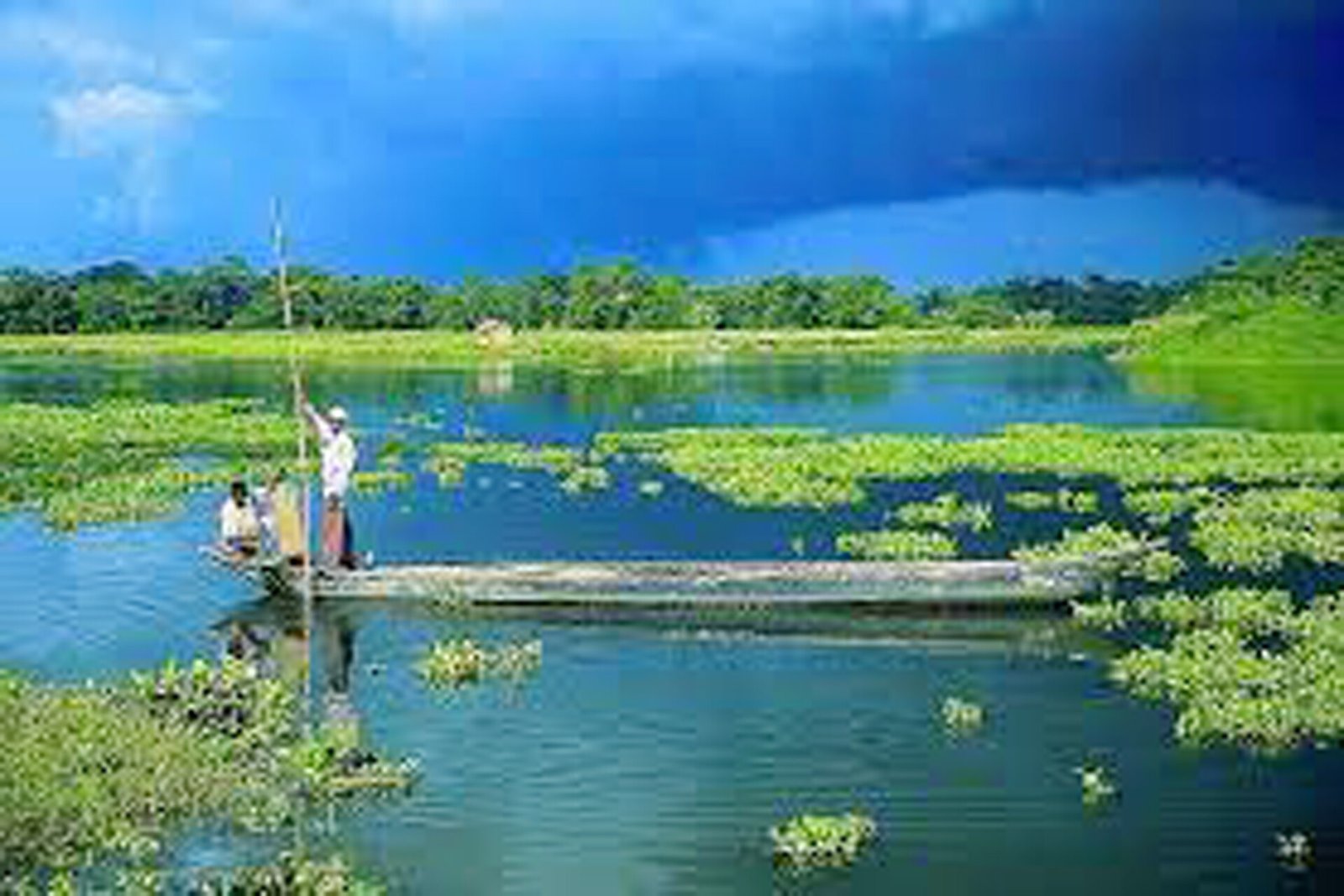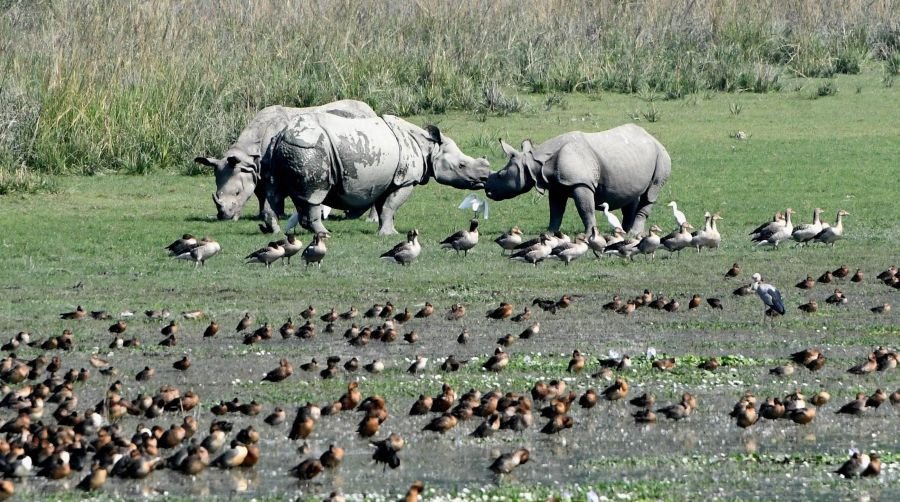By: Satyavan Saurabh
Birds are considered one of the most important indicators of environmental conditions. Because they are sensitive to habitat change and birds are the ecologist’s favourite tools. Changes in bird populations are often the first sign of environmental problems. Whether managing ecosystems for agricultural production, wildlife, water, or tourism, success can be measured by the health of birds. The decline in bird numbers tells us that we are harming the environment through habitat fragmentation and destruction, pollution and pesticides, introduced species, and many other effects.
According to a recent report, ‘State of the World’s Birds’, about 48% of extant bird species worldwide are undergoing population decline or are suspected to be in decline. Birds have ecological importance as important elements of natural systems. Birds provide insect and rodent control, plant pollination, and seed dispersal resulting intangible benefits to people. Insect outbreaks can destroy agricultural and forest products worth millions of dollars annually. Purple martins have long been touted as an effective means of substantially reducing insect pest populations without the health and environmental costs (not to mention the economic costs) of harmful insecticides.
Birds play an important role in reducing and maintaining insect populations in natural systems. Birds in eastern forests account for up to 98% of budworms and up to 40% of all non-outbreak insect species. These services are valued at $5,000 per year per square mile of forest, potentially translating into billions of dollars in environmental services. The biggest threats to birds and biodiversity loss are habitat destruction and degradation. Habitat loss includes fragmentation, destruction, and alteration of natural areas that birds need to complete their annual or seasonal cycle.
Invasive species are responsible for most bird extinctions since the 1800s, most of which have occurred on oceanic islands. For example, in Hawaii alone, invasive pathogens and predators have contributed to the extinction of 71 bird species. Some birds are poached for commercial and subsistence purposes, for food, or for their feathers. Historically, the over-hunting of some species has been a major cause of extinction. Locally, subsistence hunting rarely results in species extinctions. A species is more likely to die from commercial hunting.
Climate change threatens to create new challenges that birds must overcome, along with habitat loss and threats to invasive species. This includes changes in habitat distribution and times of peak food supply such that traditional migration patterns can no longer keep birds where they need to be at the right times. Collisions with other man-made structures are also the cause of their death. For example, powerlines present a threat to birds, especially those with large wingspans, and are estimated to kill 25 million birds each year. Communication towers are estimated to kill 7 million birds each year and pose a particular threat to nocturnal migrating birds.
Due to insecticides and other toxins, the US Fish and Wildlife Service estimates that approximately 72 million birds die each year from pesticide poisoning. The actual impact of pesticides on birds is difficult to assess: pollution and toxins can cause sub-lethal effects that do not directly kill birds but reduce their longevity or reproductive rates. In addition to pesticides, other contaminants including heavy metals (such as lead) and plastic waste also limit the life span and reproductive success of birds. Oil and other fuel spills have devastating effects on birds, especially sea birds. Oil is the worst enemy of bird feathers, causing the feather to lose its waterproof properties and scorching the bird’s sensitive skin in extreme temperatures.
Protect rare, endangered, and threatened bird species, conduct bird surveys in areas with significant biodiversity, protect wetlands to protect birds, and include reliable estimates of population abundance and change. New and more effective solutions were implemented on a large scale to reduce the demand for over-harvested wild birds. Monitoring green energy transitions that can affect birds if implemented improperly.
Everyday pollution is now green, the dress of the earth.
Seeing everyone standing in silence, they were surprised to cover their faces.
Green trees were all cut down; there was a famine every day.
Who takes care of the greenery in the village?
Birds are highly visible and sensitive indicators of environmental health, their loss indicating widespread loss of biodiversity and threats to human health and well-being. Thus, we need coordinated actions of the government, environmentalists, and citizens to reduce the increasing human footprint on nature to slow down the rapid mass extinction. (The author is a Research Scholar, Poet, independent journalist, and columnist)







